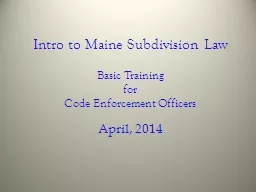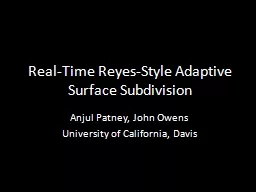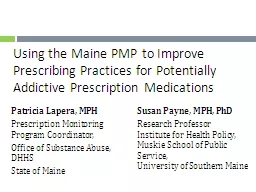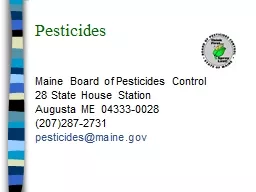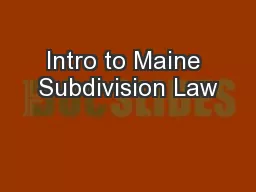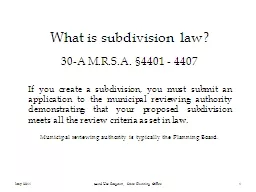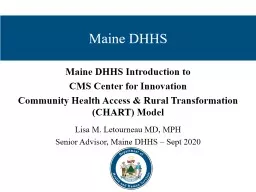PPT-Intro to Maine Subdivision Law
Author : liane-varnes | Published Date : 2020-04-05
Basic Training for Code Enforcement Officers April 2014 State Law Local Enforcement Section 4406 prohibits a CEO from issuing a building or use permit for a lot
Presentation Embed Code
Download Presentation
Download Presentation The PPT/PDF document " Intro to Maine Subdivision Law" is the property of its rightful owner. Permission is granted to download and print the materials on this website for personal, non-commercial use only, and to display it on your personal computer provided you do not modify the materials and that you retain all copyright notices contained in the materials. By downloading content from our website, you accept the terms of this agreement.
Intro to Maine Subdivision Law: Transcript
Download Rules Of Document
" Intro to Maine Subdivision Law"The content belongs to its owner. You may download and print it for personal use, without modification, and keep all copyright notices. By downloading, you agree to these terms.
Related Documents

